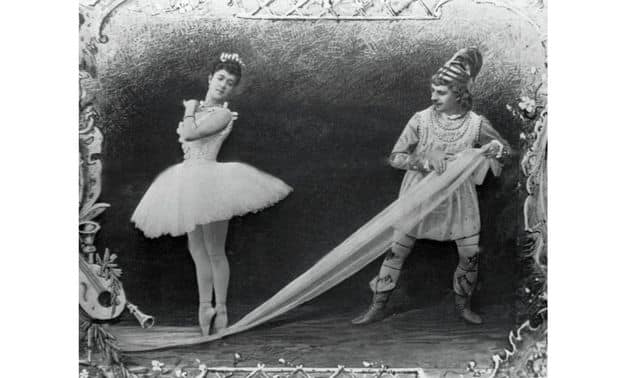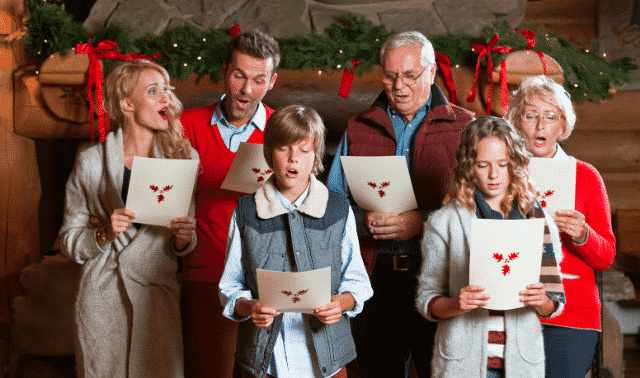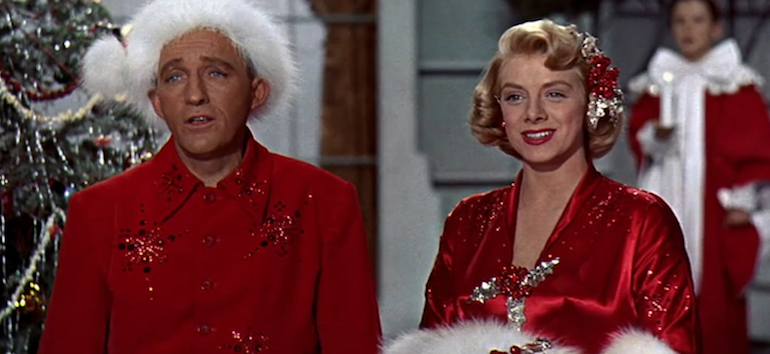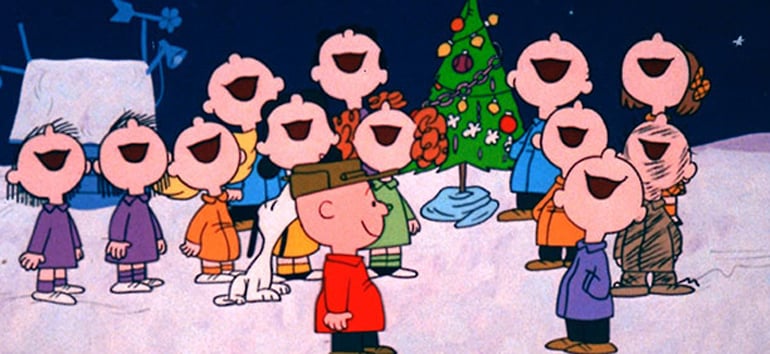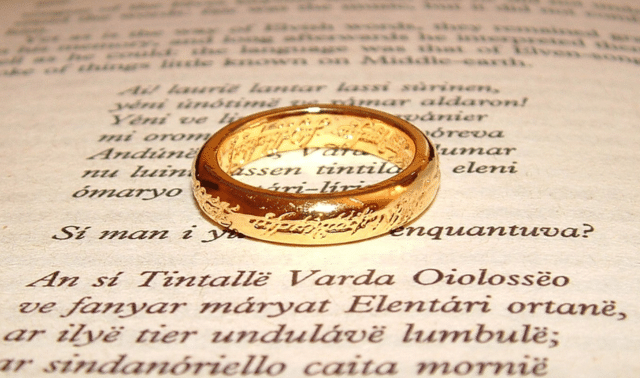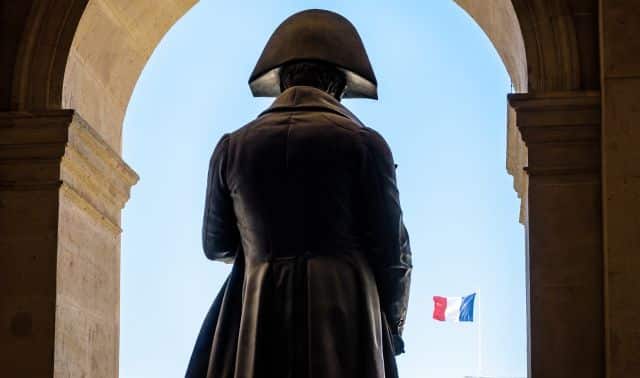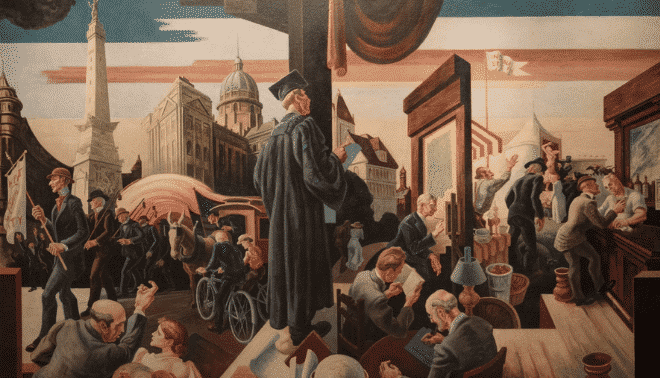Sign up for the Family Tree Newsletter Plus, you’ll receive our 10 Essential Genealogy Research Forms PDF as a special thank you!
Get Your Free Genealogy Forms
"*" indicates required fields
The story of Clara and her magical nutcracker far predates the ballet, and with Disney’s new movie, it is clear that the evolution of The Nutcracker is far from over! Learn the origins of The Nutcracker and about the many famous hands that helped make it the Christmas tradition it is today.
The Nutcracker, as we know it, is a two-act ballet that tells the story of a girl named Clara and the magical nutcracker doll she receives as gift on Christmas Eve from her godfather, the mysterious Drosselmeier. Though the ballet premiered in 1892, The Nutcracker‘s roots go back much farther. Looking back we discover that this story has a history as varied and rich as the Land of Sweets itself!
The Nutcracker’s Prussian roots
To find The Nutcracker’s origins, we must first travel to the city of Berlin in 1816, when author and composer E.T. A. Hoffmann published his story, The Nutcracker and the Mouse King. The plot begins similar to the ballet, with a young girl (called Marie, not Clara) and her brother Fritz at a Christmas party. Drosselmeier gives the children a nutcracker as a gift, but it gets broken.
ADVERTISEMENT
Later that night, Marie goes to check on her wounded nutcracker and sees that the Christmas tree in the living room has grown to a gigantic size. An army of mice emerge, including the Mouse King who, in the original version, has seven heads. The nutcracker comes to life and leads the other toys in battle against the mice. Marie is swept up in the fighting and faints into a glass cabinet, injuring her arm.
This is where the story departs from the ballet in ernest; Marie wakes up and as she is recovering from her injury, Drosselmeier tells her the story of how nutcrackers came to be and why they look the way they do; the result of a nasty curse from the Mouse Queen. Later on, Marie assists the nutcracker in slaying the Mouse Queen’s son and eventually breaks the curse on him, after which they marry and go to live in the nutcracker’s kingdom, a land populated by dolls.
Hoffmann, also a writer of horror, was one of the key players in the Romantic movement, an artistic and intellectual era that emphasized strong emotions like fear and awe. Knowing this, it comes as no surprise that the original version of The Nutcracker had a darker tint and a grit similar to that of Grimm’s fairy tales.
ADVERTISEMENT
French adaptation
So how did Hoffmann’s story become the sugary-sweet narrative we see played out on stage? Years later, in 1844, the story was adapted by Alexandre Dumas, the revered French author of The Three Musketeers and The Count of Monte-Cristo. Legend says that after falling asleep at a holiday party, a band of children tied Dumas to a chair and demanded a story. In response, Dumas told a lighter version of The Nutcracker, which he later wrote and translated into French. Dumas’ version adapted the story for younger audiences and lessened the dark (and even frightening) romantic elements, making The Nutcracker the light and dreamy story we know today.
From fairytale to ballet
Finally, The Nutcracker traveled to Russia. Dumas’ version of the story was used to create the two-act ballet, choreographed by Marius Petipa and Lev Ivanov. It was then that The Nutcracker gained its distinctive music, written by the celebrated Pyotr Ilyich Tchaikovsky, who also wrote the music for classics like Swan Lake and Sleeping Beauty.
The Nutcracker premiered in Saint Petersburg on Sunday, December 18, 1892. The story was told like never before, complete with swirling snowflakes, the Sugar Plum fairy and dances from all the nations within the Land of Sweets: Spanish chocolate, Arabian coffee, Chinese tea, Russian candy canes, Danish flutes, and of course, Mother Ginger and her “Polichinelles.”
After the premier, the ballet was given mixed reviews. However, despite it’s mixed reception, The Nutcracker has endured and grown into a beloved Christmas tradition.

Future adaptations
The story of Clara and the Nutcracker has come a long way throughout history, but the journey is far from over! Disney has released it’s own adaptation, The Nutcracker and the Four Realms. Made in the same style as the other recent Disney remakes like Beauty and the Beast and Cinderella, this film features a star-studded cast (Morgan Freeman, Kiera Knightly and real-life ballet star Misty Copland) in a new adaptation of the story with a darker twist.
The film opens in the classic way, with Clara and company at a Christmas party. However, this plot will focus on Clara’s quest to find a key that will open a box containing a gift given to her by her late mother. Another major difference is the re-interpretation of Mother Ginger (played by Helen Mirren) as the villain.
It appears that this more sinister version of The Nutcracker will, at least in some way, harken back to it’s romantic roots in E.T.A. Hoffmann’s literature.
Related Reads
ADVERTISEMENT

